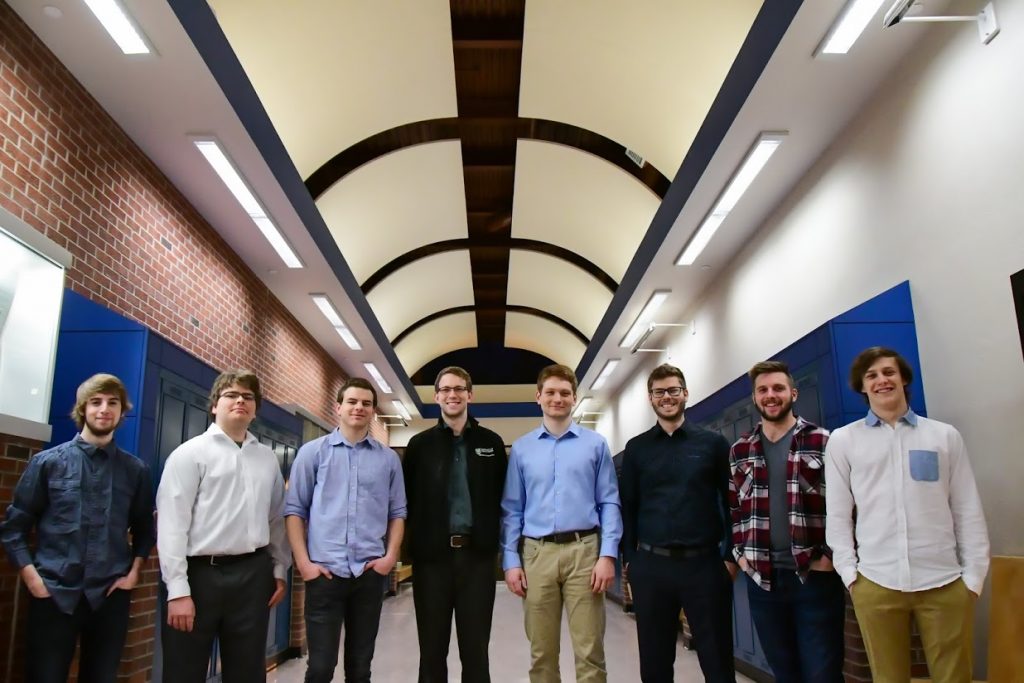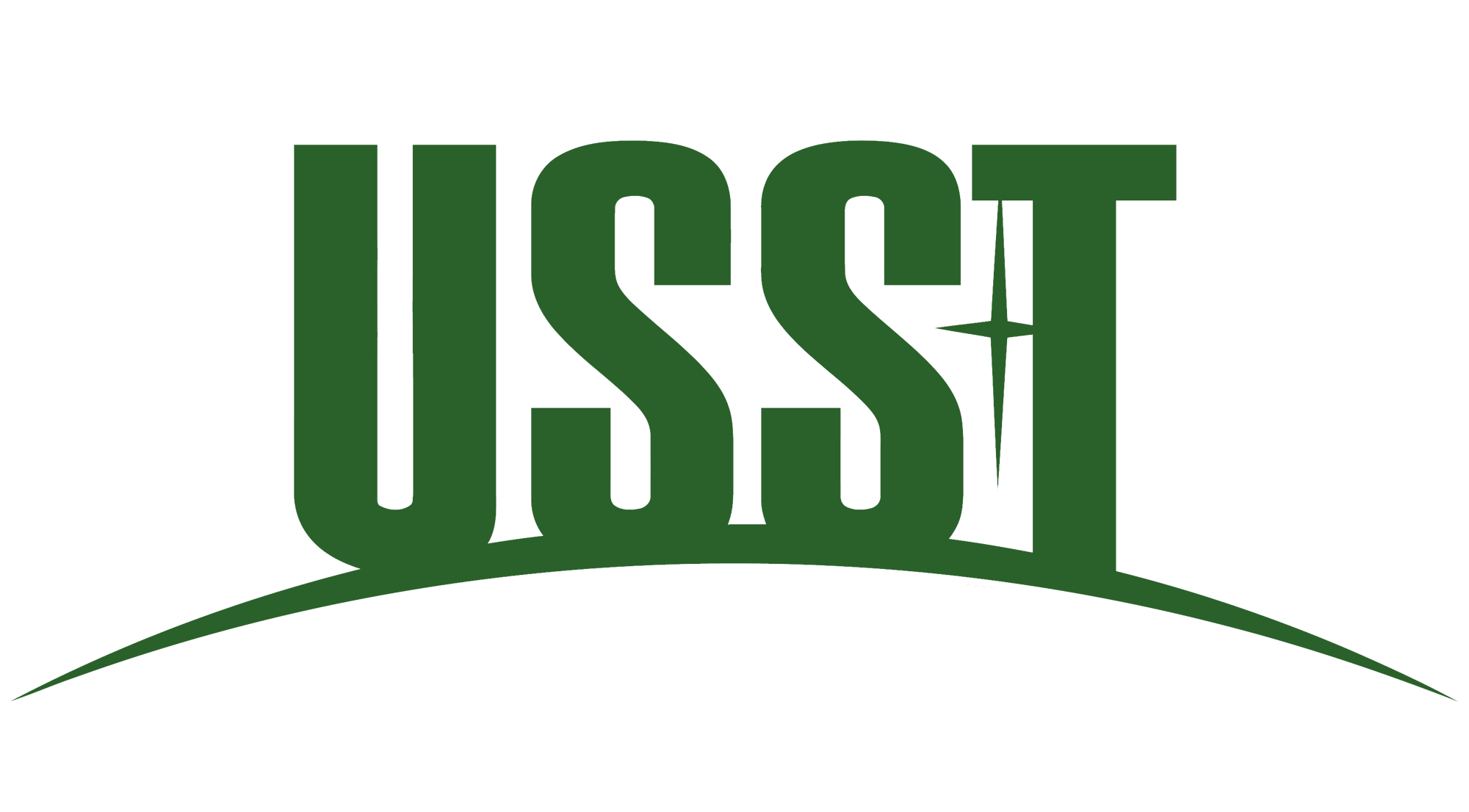TEAM COMPOSITION
While many of the team achievements are engineering accomplishments, the team is made up of a very diverse group. The team is predominately made up of members from several disciplines of engineering including mechanical, electrical, computer, chemical, geology and engineering physics students. Outside of engineering we have students from computer science, commerce, physics, and biology.
It is only through this large variety of team members that the USST is able to accomplish what it does. The team members are united by a common passion for designing and constructing cutting edge technology, space, and the desire to perform well in competition.
The team not only does all the design and engineering behind the projects, but members also manage, promote and raise funds for the team projects.
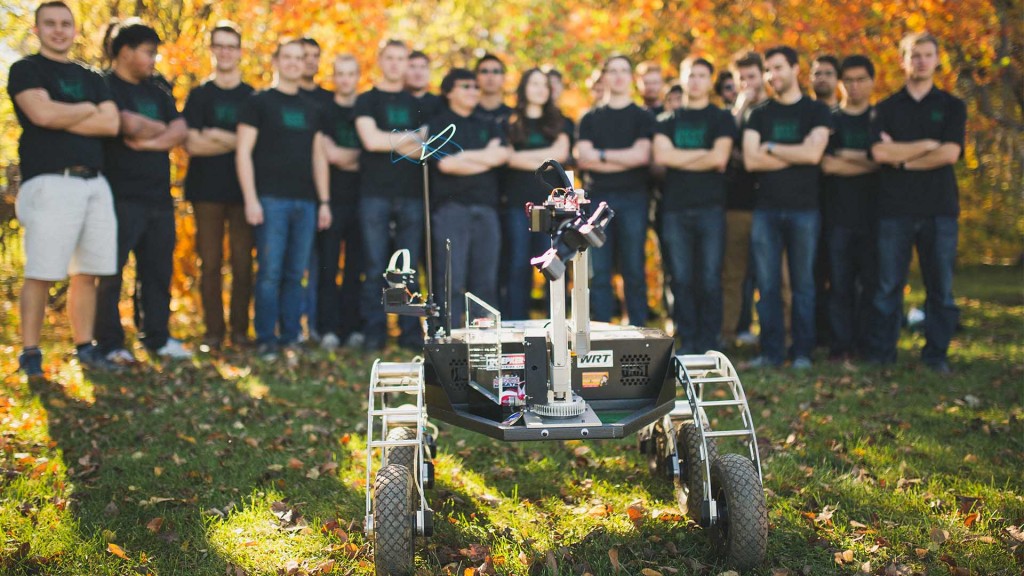
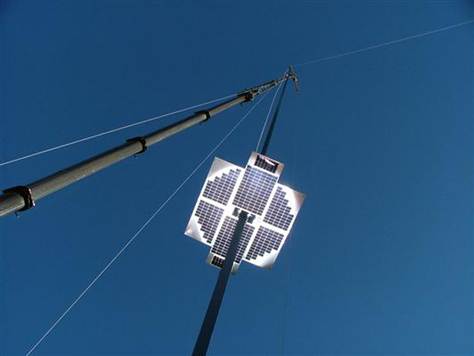
ORIGIN – SPACE ELEVATOR ERA
The University of Saskatchewan Space Design Team (USST) is a student and alumni group dedicated to the development of next generation space technologies. Formed in 2005, the team has been working on a variety of projects, many of which have received international recognition.
The team strives to provide an experiential learning environment to students across the U of S campus including, but not limited to those from the College of Engineering, Edwards School of Business, and the Department of Computer Science. This environment provides an opportunity for students to gain experience in fields that they choose in an innovative, self-driven work space. Students gain experience in design, management, leadership and self-led learning through their participation in the USST.
Since its conception, the USST has distinguished itself as a world leader in power-beaming technologies through the group’s participation in the Elevator: 2010 Competition, a NASA Centennial Challenge. The team placed 1st for three consecutive years in 2005, 2006, and 2007, 3rd in 2009, and set the world records for “Most Power Wirelessly Beamed” and “Fastest Power Beamed Climb” along the way. In 2010, the team participated in the Annual Japan Space Elevator Technology and Engineering Competition, and set the record for the fastest climb with the battery powered climber, which had a power-to-weight ratio greater than a Formula 1 race car.
NANOSATELLITE ERA
Over the next two years, the USST designed a nanosatellite for the Canadian Satellite Design Challenge in 2012, where the team’s mission was to determine the total electron content of the ionosphere. Although a variety of reasons ultimately prevented the team from participating in the competition, the team placed 3rd in the critical design review.
As a part of this competition the team designed all the components of the satellite, from the structure to the communication systems and a unique scientific payload. Our scientific payload was to study the total electron content of the atmosphere. The approach to be used was endorsed by a senior researcher from the United Sates Naval Research Laboratory.
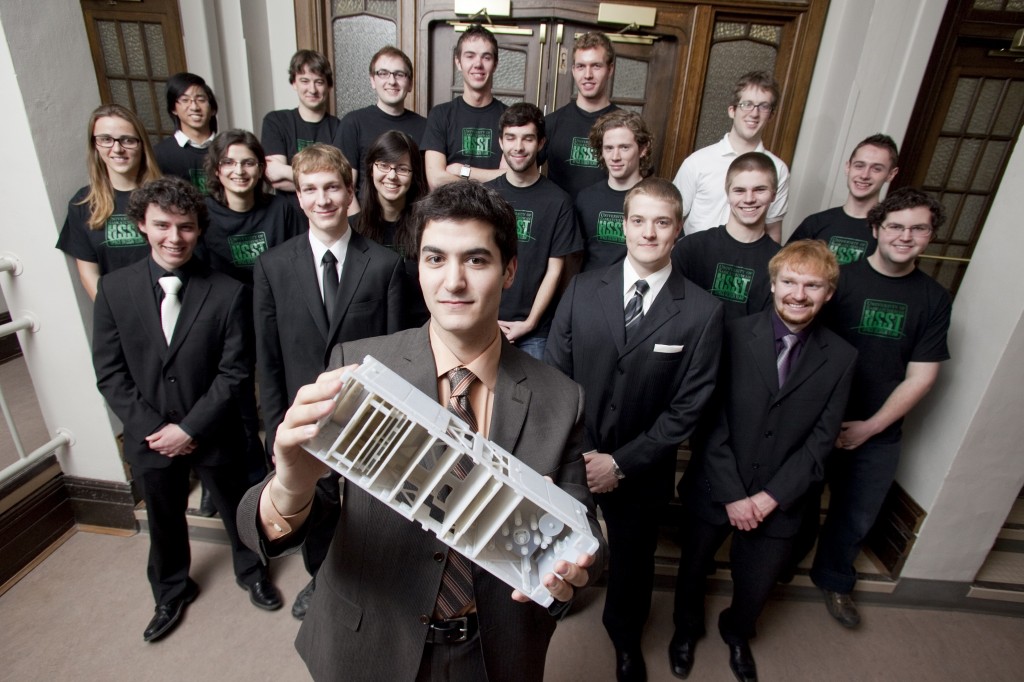
HIGH ALTITUDE BALLOON
The High Altitude Balloon Project, known as “the HAB” among team members is also another project undertaken by team members while working on the rover. Suspended by 3 cubic meters of hydrogen gas, an electronic payload weighing approximately 2 kg is used to collect images, video, environmental data and serve as a platform for scientific experiments. It includes multiple GPS trackers, along with both analog and digital radios to enable constant communication with teams on the ground. The balloons are launched from the university campus.
During the most recent launch the payload was retrieved from a pond near the village of Zelma, SK. Despite the damp electronics, all of the flight data was recovered intact.
Video highlights from the flight can be watched on the USST YouTube channel.
The USST High Altitude Balloon program is a collaborative project with the Saskatoon Amateur Radio Club SABRE group, whom we thank for their continued support.
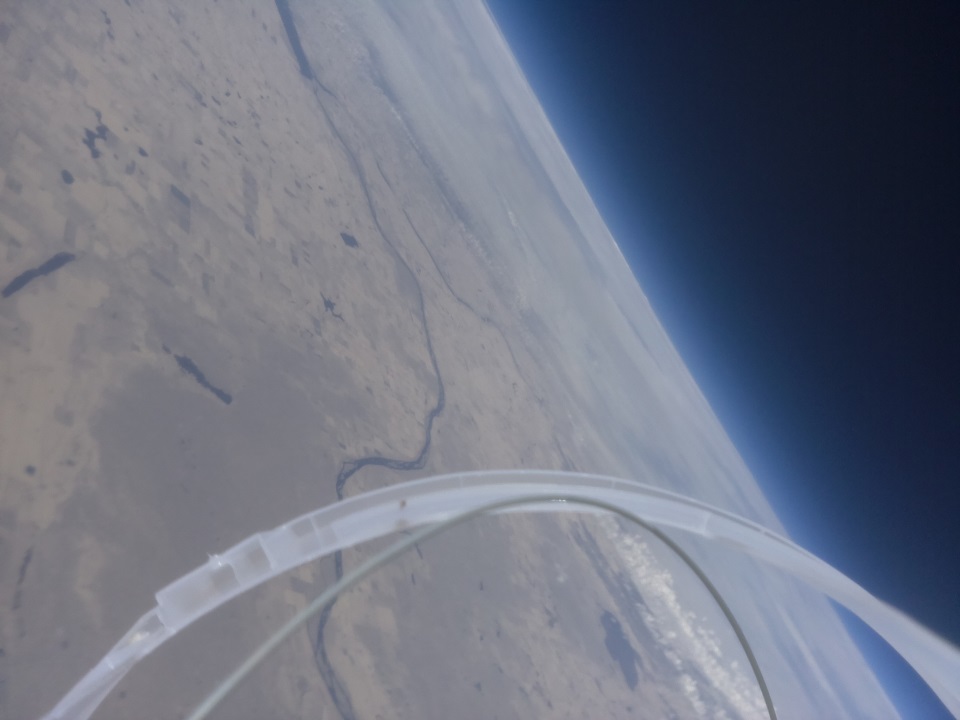
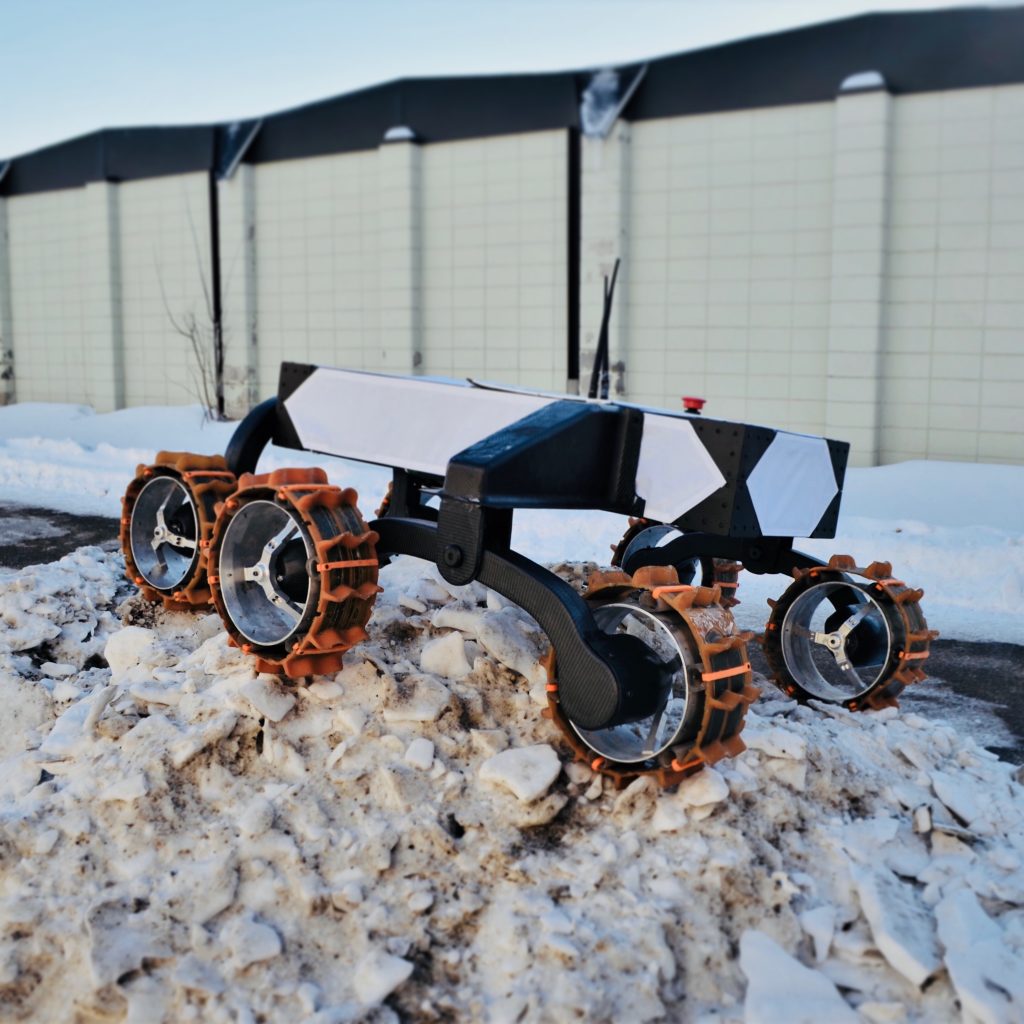
MARS ROVER ERA
Following the completion of the first ever Canadian Satellite Design Challenge the USST moved into a new area of space technology, the design and construction of rovers.
The team’s most recent competition was the 2018 Canadian International Rover Challenge, held in Drumheller, Alberta. The team was excited to place 5th worldwide! This accomplishment adds to the previous awards that the USST Mars Rover has received, including 1st worldwide at the European Rover Challenge in 2015 and 1st Canadian Team at the University Rover Challenge in 2014 and 2015. Due to Covid-19 the Rover team was unable to complete the fourth generation rover for the 2019 University Rover Challenge and Canadian International Rover Challenge. The rover has since been retired, and remains a fond project of the team.
Over the years, the USST has earned a reputation of excellence and innovation through dominating a variety of space technology competitions around the globe.
Click below to learn more about our past competitions and rover project.
Project STARFOX
The Can-RGX (Canadian Reduced Gravity Experiment) Design Challenge was organized by SEDS Canada (Students for the Exploration and Development of Space) to allow post-secondary students an opportunity to test student-led research projects in micro-gravity.
The project placed in the top four of 29 teams from across Canada who entered into the Can-RGX. All 29 teams submitted a research proposal to be reviewed by SEDS Canada. The four teams selected completed preliminary and critical design review and presented them to representatives from the Canadian Space Agency and the National Research Council.
The Spinning Terrestrial Analog Regolith Filtering Operation eXperiment (STARFOX) was created to test the adaptability of standard mineral screening and filtering methods in micro-gravity.
